Displaying items by tag: coastal marinas
Boat owners will get the chance to perform safety and maintenance checks after a two-month absence from their craft from Monday, May 18th as marinas across the country open to berth holders.
The easing of restrictions plus the lifting of the Coastguard advisory requesting the public not to take part in any water-based activity on or in the sea means that limited boating subject to social distancing guidelines will be possible.
While marinas have, in general, remained open, manned and fully functioning throughout the lockdown period, guidelines meant berth holders could not access their boats.
As part of the Government Return to Work programme, the marinas will open but with limitations as the responsibility on organisations for contact tracing during the 'Return to Work' period is onerous.
There are approximately 4,190 coastal marina berths across Ireland in 60 marinas or more, supporting 1,530 full-time jobs in coastal communities around our coast, according to Tourism Development International.
Access is largely limited to berth holders only and boat owners living over 5 km from marinas or boat owners ‘cocooning’ should not travel.
Irish Marina operators have put a lot of hard work in behind the scenes to ensure they are ready for 'Phase 1', according to Irish Marine Federation (IMF) Chairman Paal Janson.
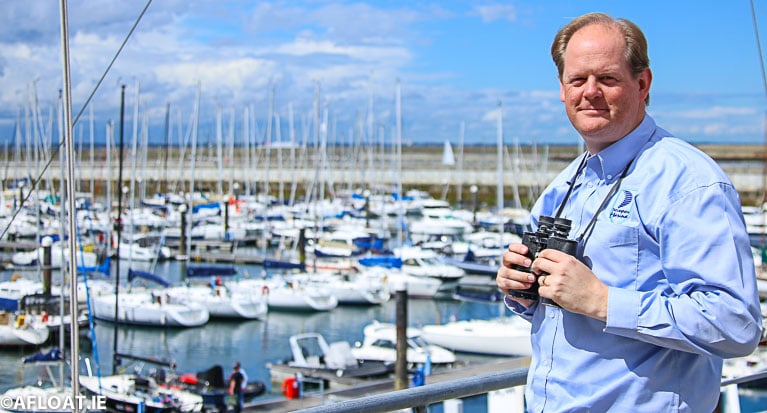 Irish Marine Federation (IMF) Chairman Paal Janson is General Manager of Dun Laoghaire Marina Photo: Afloat
Irish Marine Federation (IMF) Chairman Paal Janson is General Manager of Dun Laoghaire Marina Photo: Afloat
The IMF has worked with world marina body ICOMIA to issue Irish marinas with guidelines.
"With the good weather forecast for next week, boat owners will need to be conscious for their own responsibilities within the government guidelines, 5km limit for travel, the possible increased demand on emergency services and social distancing", Janson told Afloat.
Janson, who is the General Manager of the country's biggest marina at Dun Laoghaire, also says: 'The pandemic has not finished, we are just at the beginning of the very first phase of restrictions being eased and we all need to act in a responsible and safe way and promote the very best aspects of boating life".
Howth Yacht Club Marina
Howth Yacht Club marina in north Dublin will open on Monday but the clubhouse will remain closed. Commodore Ian Byrne has issued a reminder that HYC Members should arrive with gloves and masks and adhere strictly to the two-metre physical distancing and hand washing etiquette.
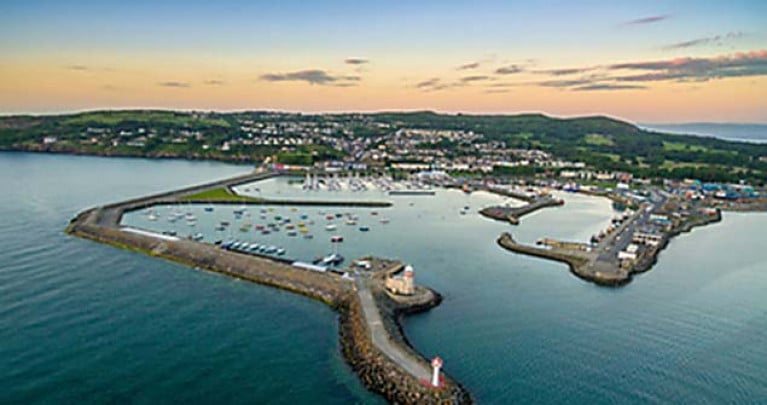 Howth Harbour and Marina in north County Dublin
Howth Harbour and Marina in north County Dublin
Overnight stays on the HYC marina will not be permitted and members must be off the premises by 9 pm.
Dun Laoghaire Marina
As Afloat previously reported, Dun Laoghaire Marina, closed to berth holders since March 27, will also reopen to its 500 plus owners.
Dun Laoghaire Marina is asking that family-units only visit boats initially 'as boats do not readily allow physical distancing to be maintained'.
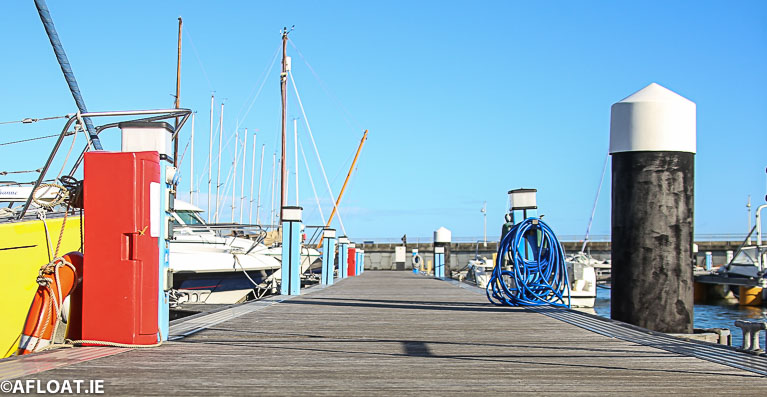 A marina pontoon at Dun Laoghaire Harbour Photo: Afloat
A marina pontoon at Dun Laoghaire Harbour Photo: Afloat
The Marina will keep toilets, changing rooms & laundry shut to avoid cross-contamination for the moment, subject to review. 'We want to ensure that all our berth holders, guests and staff can use the marina in a safe and responsible manner and that their health not be put at undue risk at any time', a notice to berth holders says.
Dun Laoghaire Marina's fuel berth will reopen on May 18th and the marina asks that payments are made by card.
General Manager Paal Janson has told berth holders, 'We would reiterate that boating is a safe and responsible outdoor activity and there is now a clear pathway to getting back to normality. We would like you now to get full enjoyment from your boat and make 2020 a summer to remember, instead of a year to forget'.
Greystones Harbour Marina
Greystones Harbour Marina will continue to be open to berth holders. Berth holders and their families are expected to strictly adhere to the government guidelines relating to Social Distancing and Hygiene and observe Irish Sailing’s guidelines in terms of going back on the water, according to Marina operator, James Kirwan of BJ Marine.
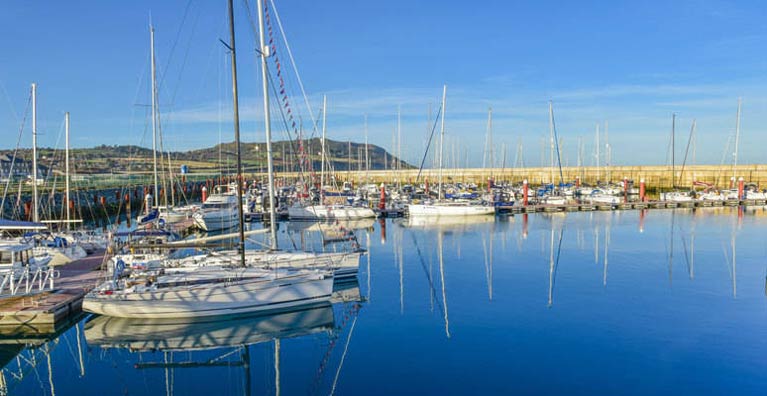 Greystones Harbour Marina in County Wicklow
Greystones Harbour Marina in County Wicklow
"For those that can’t travel to their boat, the marina team remain on-site daily and are contactable by phone and email to assist in any way possible, says Kirwan.
"Our community has pulled together brilliantly in staying apart and we look forward to seeing our berth holders more regularly, both on the pontoons and on the water, Kirwan told Afloat.
Royal Cork Yacht Club Marina
In Cork Harbour, Royal Cork Yacht Club marina to members for boat access only. The club bar-restaurant and changing facilities will remain closed.
Club dinghy activities will not be undertaken for now, according to Marina Manager Mark Ring. 'We feel it is best to start off slowly as we don't want to knock back activity as the weeks' progress', Ring told Afloat.
 Royal Cork Yacht Club Marina in Cork Harbour Photo: Bob Bateman
Royal Cork Yacht Club Marina in Cork Harbour Photo: Bob Bateman
RCYC is preparing for opening with several COVID-19 measures being put in place this weekend. A policy document will be circulated to members and staff also this weekend.
Crosshaven Boatyard Marina
Likewise at neighbouring Crosshaven Boatyard Marina where General Manager Matt Foley expects to launch upwards of 30 boats next week as the marina reopens to berth holders in Cork Harbour.
Kinsale Yacht Club Marina
In West Cork, Kinsale Yacht Club Commodore Mike Walsh confirmed the club marina is open to members living within 5km of the facility from Monday, with 'sailing for household units' from that date too. With the country in lockdown, renovations were recently completed on the KYC marina. Last extended in 2003, sections of new marina replaced pontoons dating back to the original build in 1978.
 Kinsale Yacht Club Marina Photo: Bob Bateman
Kinsale Yacht Club Marina Photo: Bob Bateman
The much cherished and frequently used accessibility pontoon has also been replaced and will continue to allow Kinsale’s Sailability programme to develop.
Port of Galway Marina
As Afloat reported earlier, Port of Galway harbourmaster Capt Brian Sheridan has said the port’s public slipway and its marina will be open to those living within five kilometres.
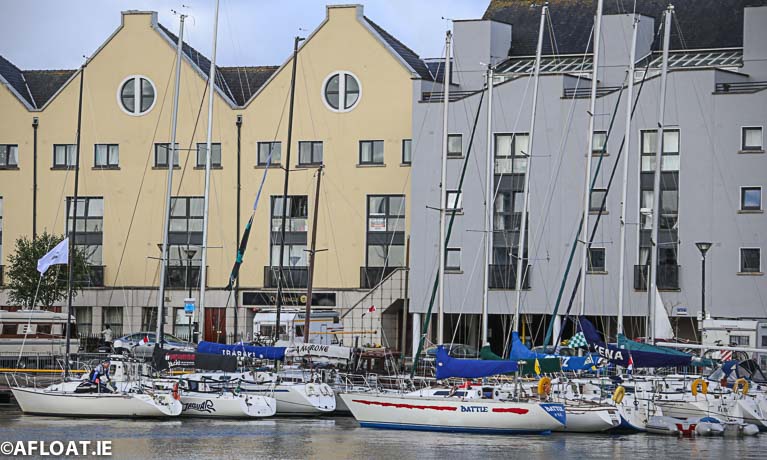 Boats in Galway Marina and Docks Photo: Afloat
Boats in Galway Marina and Docks Photo: Afloat
Bangor Marina
In Northern Ireland, Bangor Marina may still be closed but Harbour Master Kevin Baird has given berth holders a very clear and concise set of guidance notes detailing what to expect when it reopens and indeed something to look forward to after the weeks of shutdown. As Afloat reported previously, Baird says “ We have been considering how we may enable berth holders to use the Marina facilities whilst adhering to the Health Protection Regulations and the new government guidelines.
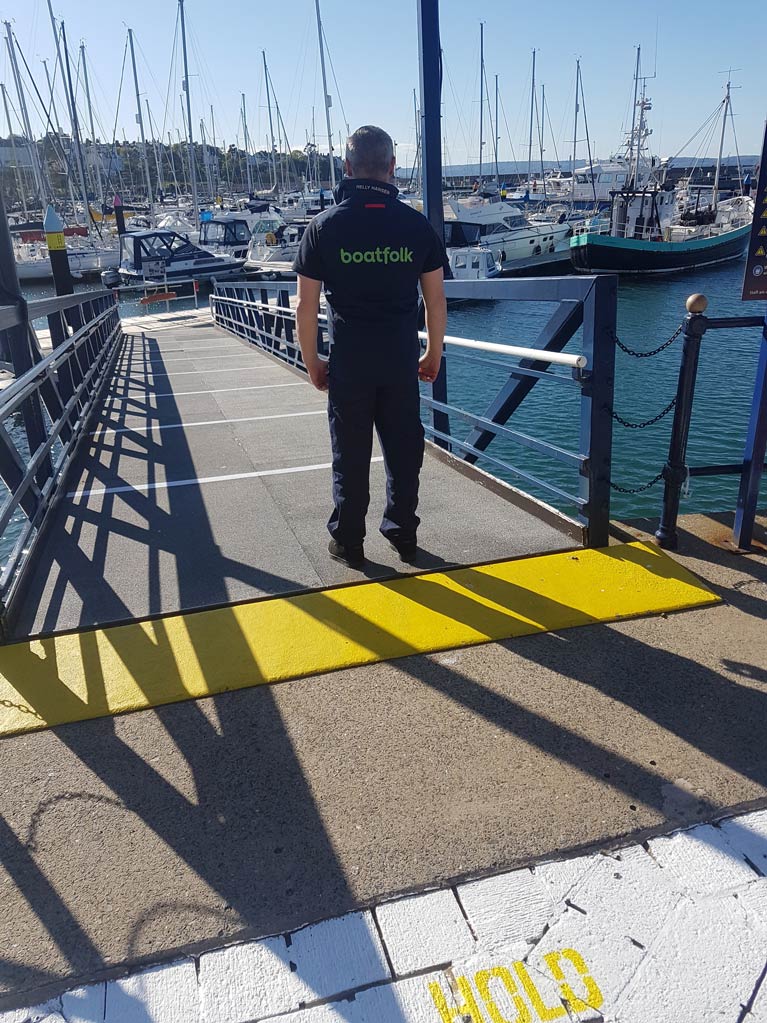 Bangor Marina
Bangor Marina





























































